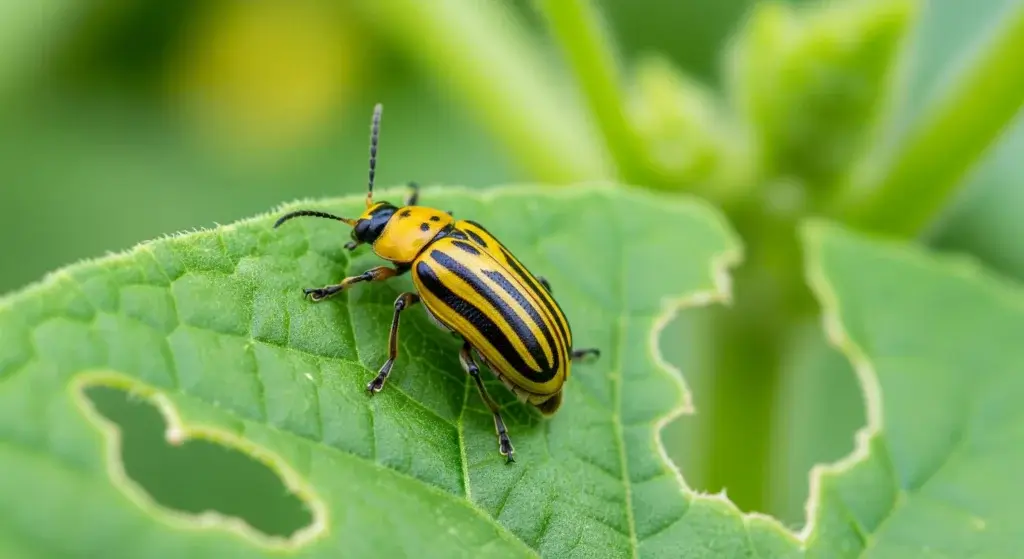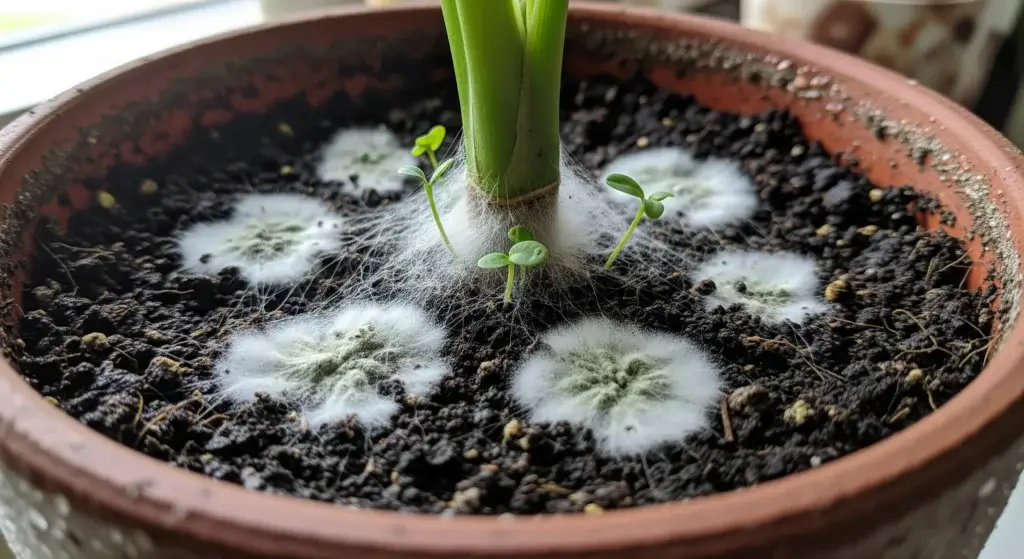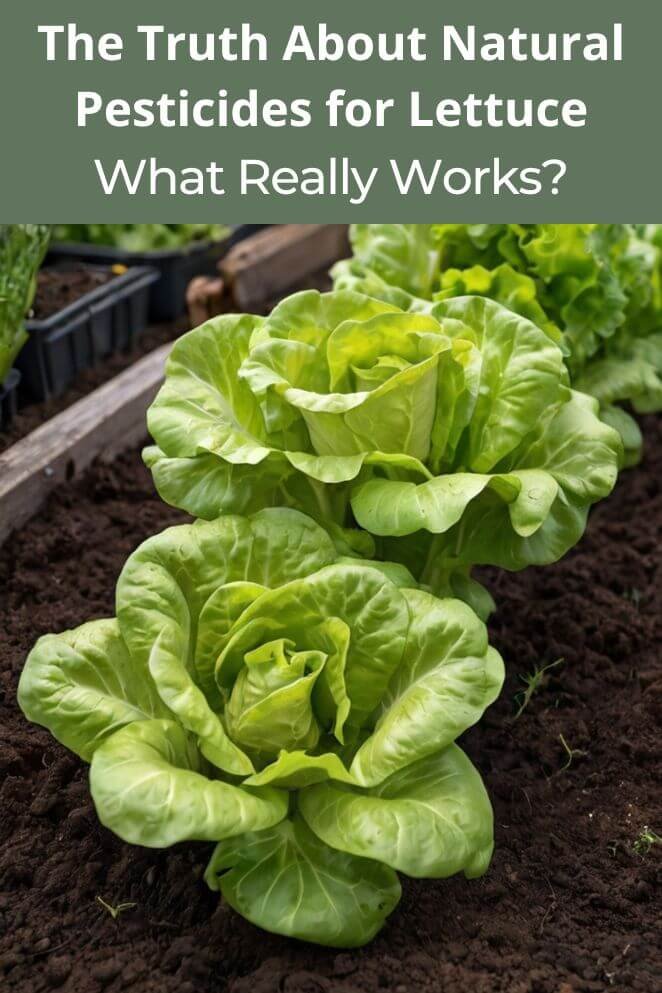
If you’re growing lettuce, you know that pests can quickly turn a promising crop into a gardener’s nightmare.
Chemical pesticides might offer a quick fix, but they come with environmental and health concerns.
Natural pesticides, on the other hand, are celebrated for their eco-friendly approach and lower toxicity.
However, not all “natural” solutions are created equal.
This blog post dives deep into the truth about natural pesticides for lettuce, outlining their benefits, limitations, and practical application tips—all backed by scientific research and real-world statistics.
What Are Natural Pesticides?
Natural pesticides are products derived from natural sources—plants, minerals, or beneficial microorganisms—that help control pest populations.
Unlike synthetic chemicals, these substances tend to break down more easily in the environment and are less likely to leave harmful residues on your produce.
Their natural origin makes them a favorite for organic farmers and home gardeners alike.
Distinguishing Between “Natural” and “Safe”
It’s important to understand that “natural” doesn’t always mean “completely safe” or “non-toxic.”
Some natural pesticides can cause skin or eye irritation, and their impact on beneficial insects or surrounding ecosystems can vary.
In our discussion, we’ll look at both the benefits and potential downsides of using natural pesticides on lettuce.
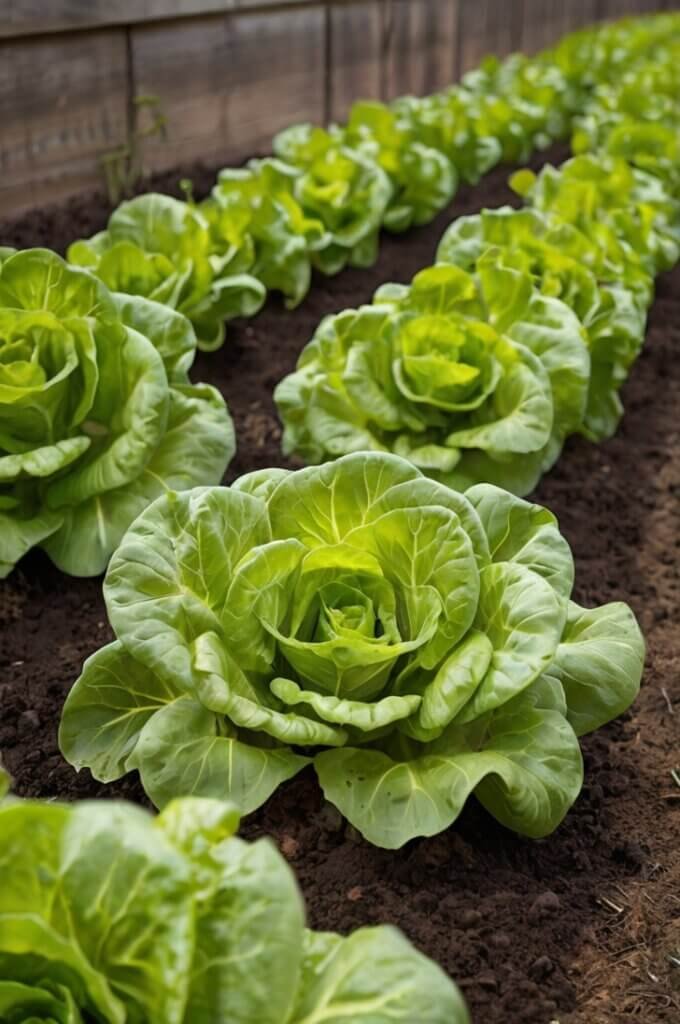
Common Natural Pesticides for Lettuce
Let’s examine some of the most popular natural pesticides used by lettuce growers:
Neem oil
Neem oil is extracted from the seeds of the neem tree and has been used for centuries in traditional agriculture.
It works by disrupting the hormonal systems of insects, making it harder for them to feed or reproduce.
- Effectiveness: A study published in the Journal of Economic Entomology (2020) found that neem oil reduced aphid populations on lettuce by approximately 45%.
- Usage: Dilute neem oil with water and a few drops of mild dish soap (as an emulsifier), then spray on the affected plants.
- Tip: Apply in the early morning or late afternoon to avoid burning the leaves in direct sunlight.
Insecticidal soap
Insecticidal soap is a simple solution made from fatty acids that penetrate the exoskeletons of soft-bodied pests like aphids, whiteflies, and mites.
- Effectiveness: According to research in the Journal of Agricultural and Food Chemistry (2018), insecticidal soap can reduce pest infestations on lettuce by around 30%.
- Usage: Mix a few tablespoons of insecticidal soap with water and spray directly onto the pests.
- Tip: Repeat applications every 5-7 days for best results, especially during peak pest seasons.
Diatomaceous Earth (DE)
Diatomaceous earth is a naturally occurring, soft sedimentary rock that crumbles into a fine powder.
Its abrasive texture damages the exoskeletons of insects, leading to dehydration and death.
- Effectiveness: A study in the Journal of Stored Products Research (2017) demonstrated that DE effectively reduced populations of crawling insects in garden settings.
- Usage: Dust the powder lightly around the base of your lettuce plants.
- Tip: Use food-grade DE to ensure safety around edible plants and reapply after rain.
Bacillus thuringiensis (Bt)
Bacillus thuringiensis, commonly known as Bt, is a naturally occurring bacterium that produces proteins toxic to certain insects, particularly caterpillars.
- Effectiveness: Research published in Crop Protection (2019) showed that Bt formulations controlled caterpillar infestations on lettuce with an efficacy rate of 85%.
- Usage: Spray the Bt solution evenly over the plants.
- Tip: Bt is most effective when applied during the early stages of caterpillar development.
Companion planting and other natural methods
Beyond these products, companion planting is a natural method that uses the strategic placement of certain plants to repel pests.
For example:
- Marigolds help deter aphids and nematodes.
- Basil can repel mosquitoes and tomato hornworms.
- Lavender attracts beneficial insects while keeping harmful pests at bay.
A study in the Journal of Integrated Pest Management (2016) found that companion planting can reduce pest infestations by up to 25%.
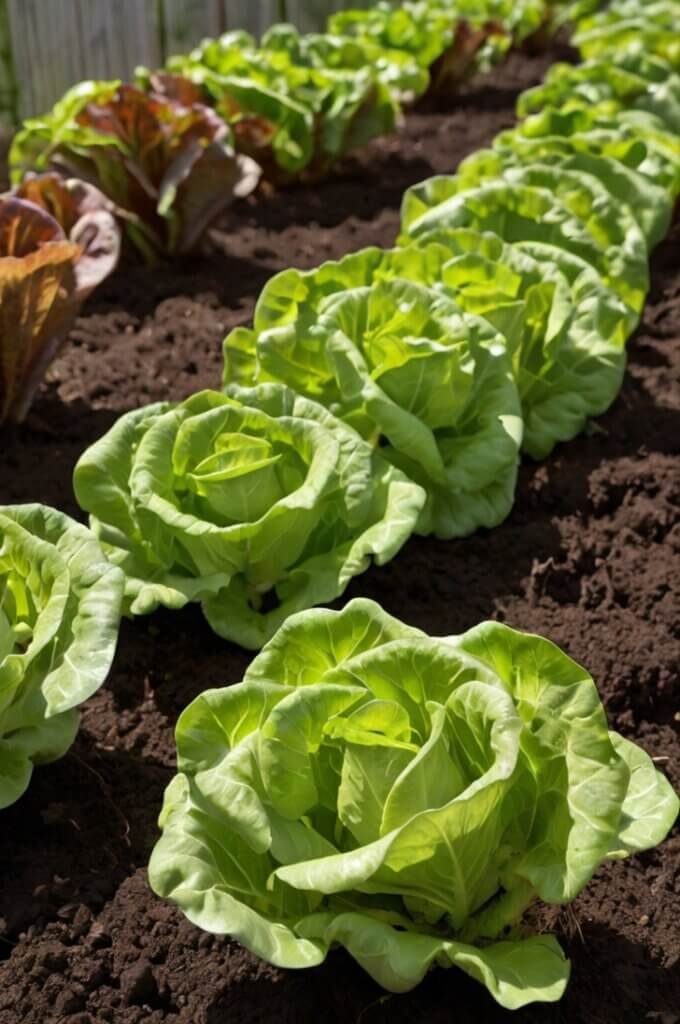
The Truth About Effectiveness
Natural pesticides vs. chemical pesticides
While natural pesticides offer a safer alternative to chemical options, they often don’t provide the same level of immediate, comprehensive pest control.
Chemical pesticides can quickly decimate pest populations, but they come with risks to human health and the environment.
Natural options, meanwhile, require a more nuanced approach and typically work best when integrated into an overall pest management strategy.
Factors affecting effectiveness
Several factors can influence how well natural pesticides perform:
- Timing of application: Applying pesticides at the right time can make a significant difference.
- Weather conditions: Rain, wind, and high temperatures can all reduce the efficacy of natural pesticides by washing them away or causing them to evaporate too quickly.
- Pest population: High pest populations may overwhelm natural methods, requiring additional interventions.
- Proper application: Following label instructions for dosage and application frequency is crucial for achieving the desired results.
Realistic expectations
Natural pesticides are not a magic bullet—they may not eliminate every single pest.
Instead, they are best used as part of an Integrated Pest Management (IPM) approach.
IPM combines multiple strategies, including natural pesticides, cultural practices, and biological controls, to manage pest populations effectively.
Safety Considerations
Human safety
Even though natural pesticides are derived from organic sources, they can still cause irritation or other adverse effects if not used properly.
- Skin or eye irritation: Always wear protective gloves and eyewear when mixing or applying pesticides.
- Washing produce thoroughly: Even after using natural pesticides, wash your lettuce thoroughly before consumption to remove any residues.
Environmental impact
Natural pesticides generally have a lower environmental footprint than chemical options, but they’re not without risks.
- Effects on beneficial insects: Some natural pesticides can also affect beneficial insects like pollinators and predatory insects.
- Runoff and water contamination: Overuse or improper application can lead to runoff, potentially contaminating water sources.
- Biodegradability: One of the advantages of natural pesticides is their ability to break down more quickly in the environment, reducing long-term impacts.

Application Tips and Best Practices
To get the most out of natural pesticides for your lettuce, consider the following best practices:
Reading and Following Label Instructions
Always read the label carefully and follow the recommended dosage and application frequency.
Overuse not only wastes resources but can also harm your plants and the surrounding ecosystem.
- Dosage: Stick to the recommended amounts to avoid phytotoxicity (plant damage).
- Safety precautions: Use protective gear and keep the product away from children and pets.
Testing on a small area first
Before spraying your entire garden, try the pesticide on a small patch of lettuce or another plant.
This quick test helps you make sure your plants won’t have a negative reaction.
If there are no signs of damage after a day or two, you can safely use it on the rest of your garden.
Timing applications
Timing is everything when it comes to pesticides!
To make sure your plants absorb the treatment effectively:
- Spray early in the morning or late in the afternoon. This prevents the sun from evaporating the spray too quickly.
- Avoid applying pesticides during the hottest part of the day. This helps reduce stress on your plants.
- Check the weather. Avoid spraying before rain, as it can wash the treatment away before it has a chance to work.
Combining methods
For best results, use a combination of natural pesticides along with other integrated pest management strategies like companion planting, crop rotation, and physical barriers.
This multifaceted approach can help control pest populations more effectively without relying on a single solution.
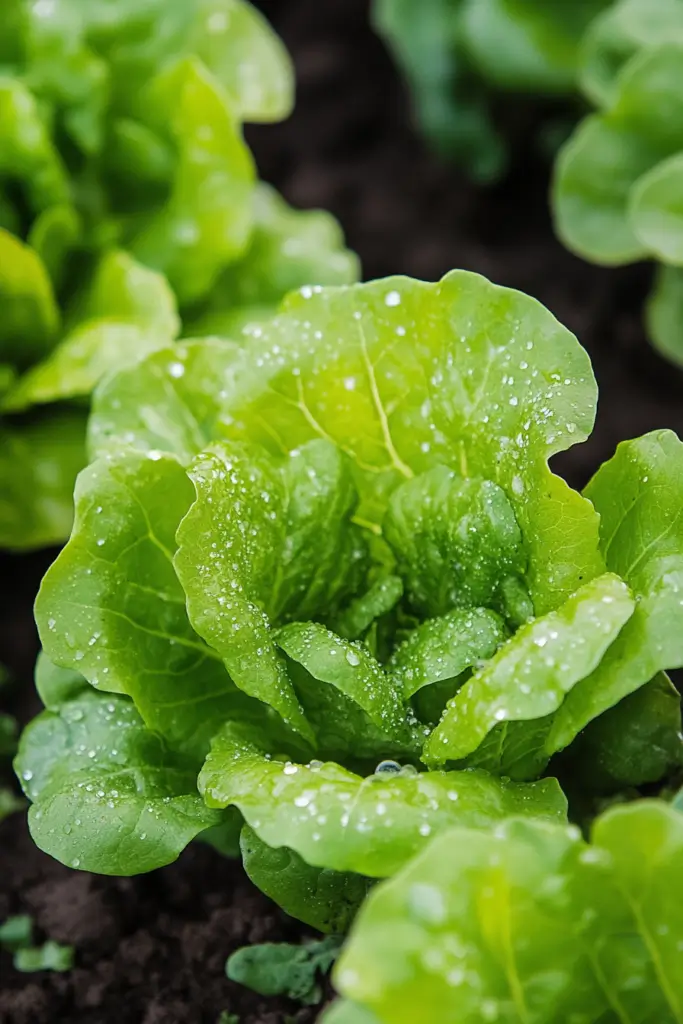
Final Thoughts
The truth about natural pesticides for lettuce is that while they may not offer the instant, dramatic results of chemical pesticides, they provide a sustainable and environmentally friendly approach to pest control.
By understanding their benefits, limitations, and proper application techniques, you can successfully manage pests while keeping your garden healthy and your produce safe for consumption.
Embrace a holistic approach—combine natural pesticides with good gardening practices and integrated pest management.
This not only leads to healthier plants but also contributes to a more balanced ecosystem.
Remember, gardening is a continuous learning process, and every garden is unique.
Experiment with different methods, track your results, and adjust your strategies to find what works best for your lettuce.
FAQs
Natural pesticides may not remove every single pest, but they can significantly reduce pest populations when used as part of an Integrated Pest Management (IPM) approach.
Generally, natural pesticides are safer than chemical alternatives. However, it’s important to follow safety guidelines, such as wearing protective gear and thoroughly washing your produce.
Application frequency depends on the product and pest pressure. Always follow the label instructions and consider environmental factors like weather and pest lifecycle stages.
Yes! Combining methods—such as using neem oil, insecticidal soap, and companion planting—can provide more comprehensive pest control.


